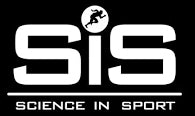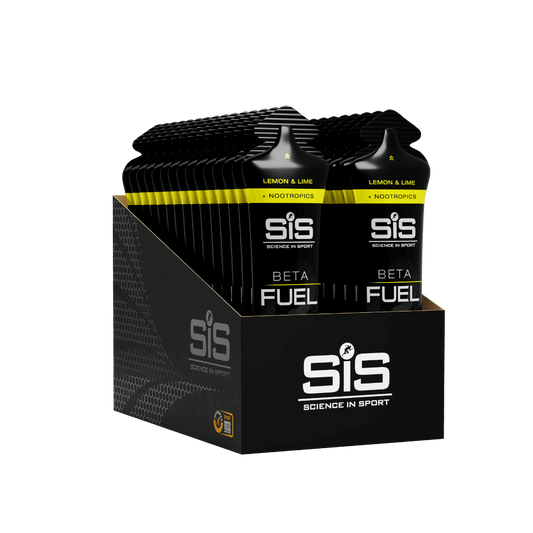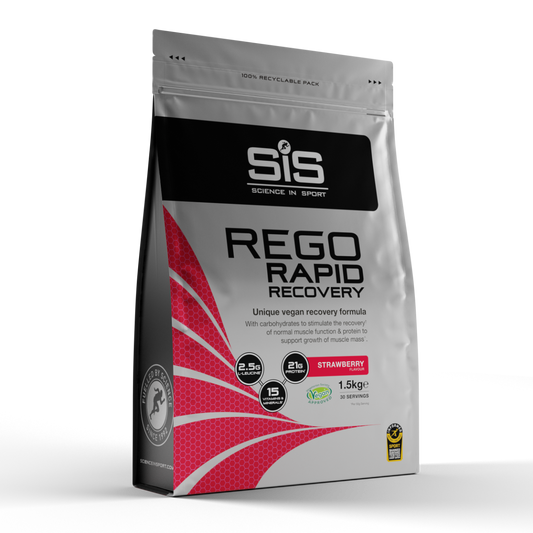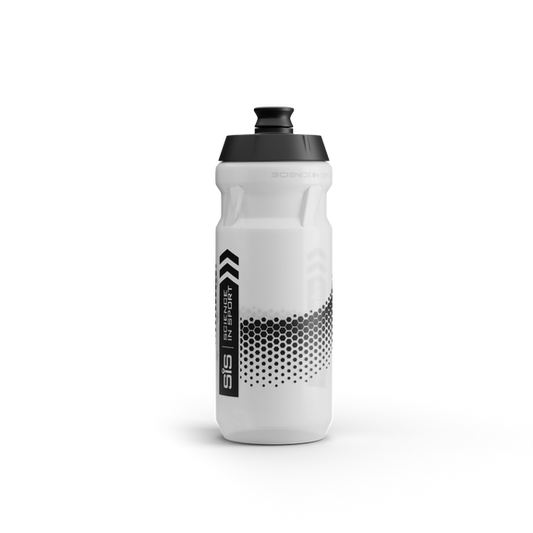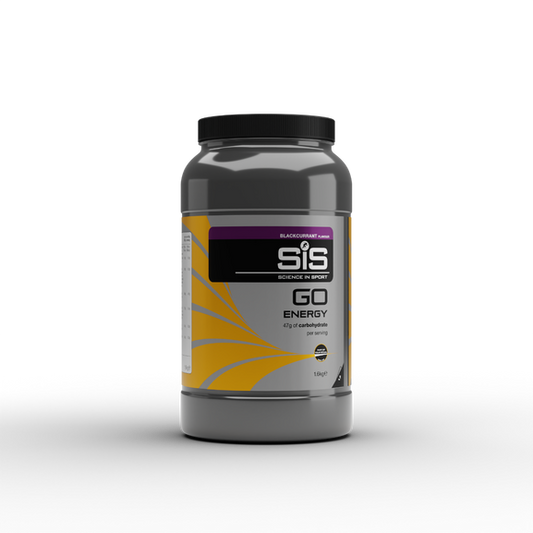Endurance sport requires proper fuelling in order to succeed, in a triathlon that comes with the added challenge of managing your fuelling over 3 different disciplines. Research has shown more than a third of full distance Ironman competitors (both male and female) report GI complaints. This is a large percentage that you don’t want to be part of if you can avoid it!
Nutrition really has the power to make or break your event, so we need to practice and understand our bodies needs for race day. This also includes understanding how we can minimise gastrointestinal problems so our bodies can work with this fuel efficiently. Here are our top tips to minimise GI distress on race day.
- The golden rule; never try anything new on race day! Try to provide your own nutrition that you have tested numerous times in training before the race. If this isn’t possible, find out what nutrition will be available at the aid stations on the day (this information is normally available in the event guide) and practice with this nutrition.
- Identify your triggers. Try keeping a food/symptom diary to monitor what is causing any GI symptoms during training. These will be highly individual to you and will help you in knowing what to avoid during your race.
- Stay hydrated. Before the race, hydration is key to maximising the efficiency of your carbohydrate loading strategy. During the race, hydration is vital for performance, but dehydration is also linked to increased GI distress as it leads to reduced blood supply to the gut.
- Train your gut before the race. Practice makes perfect! Your gut will respond to how you fuel during exercise, and you can train your gut much like any other muscle in the body. Gradually increase your carbohydrate intake and monitor how your body responds so you know what to expect on race day.
- Anxiety is known to trigger GI distress. Have a strategy to hand that you know can help you manage your pre-race nerves and anxiety. Breathing exercises are a popular strategy on the start line!
- Consider front loading your nutrition on the bike, there are more opportunities to carry nutrition on the bike and for most, it is easier to consume nutrition on the bike than when running.
- Try probiotic supplements. Taking probiotic supplements for 12 weeks before a long-distance triathlon has been shown to reduce GI symptoms, or even after 28 days before a marathon (Pugh et al, 2019).
- Familiarise yourself with the route, so you know where the aid stations are and toilets if you need them!
- As well as avoiding high-fibre foods in the days leading up to your race, you could also try low FODMAP before competition. FODMAPs are short-chain carbohydrates found in a wide range of foods that can be poorly absorbed and increase the osmotic load on your small intestine. There is some evidence to support following a low FODMAP diet before a competition can minimise exercise-associated GI symptoms.
- Last but not least, listen to your body! Pay attention to early signs of GI distress like bloating, cramping, or nausea. If you feel discomfort, slow down, take a walk break, slowing down or taking a break is better than a DNF!
CHOOSE MALTODEXTRIN TO AVOID GASTROINTESTINAL DISCOMFORT
Simple sugars potentially have a higher risk of causing gastrointestinal discomfort since gut bacteria feed off simple sugars, which can lead to gas and bloating. Unlike longer chain molecules like maltodextrin, which form the basis of all our products, simple sugars like glucose and fructose are short molecules with a higher osmolality and require a larger quantity of water to make them isotonic (isotonic = containing the same particular concentration than blood). As water is retained with them when the stomach is emptied, simple sugars have a higher risk of stomach upset.
Maltodextrin is an isotonic formulation. Gastric emptying is maximised to deliver energy quickly with only minimal risk of gastric distress. At Science in Sport, we select a very specific type of maltodextrin for our Energy Gels, which have an atomic weight of 52,000 to allow us to create a unique and patented isotonic gel formulation. With an osmolality of 281 mmol/kg, they sit well within the isotonic range (beverages with an osmolality of under 290 mmol/kg are most easily digestible).
Our GO Isotonic Energy Gel with its 22g of carbohydrate from our selected source of maltodextrin causes minimal stomach discomfort during exercise, but with maximum energy absorption. Perfect for your next triathlon.
